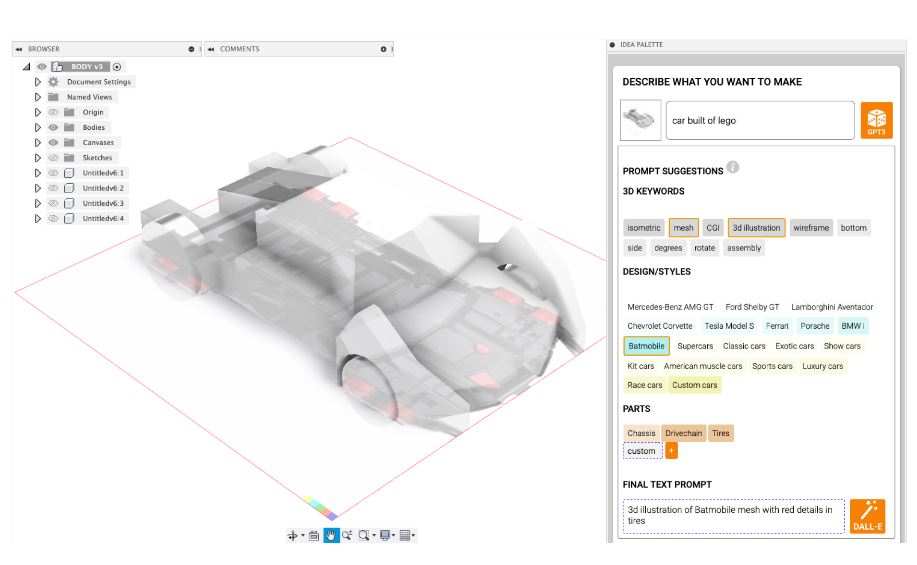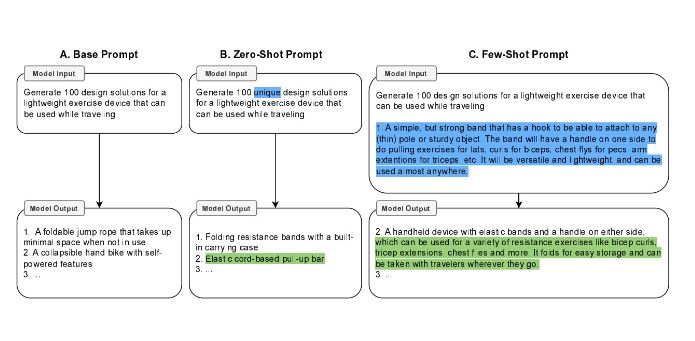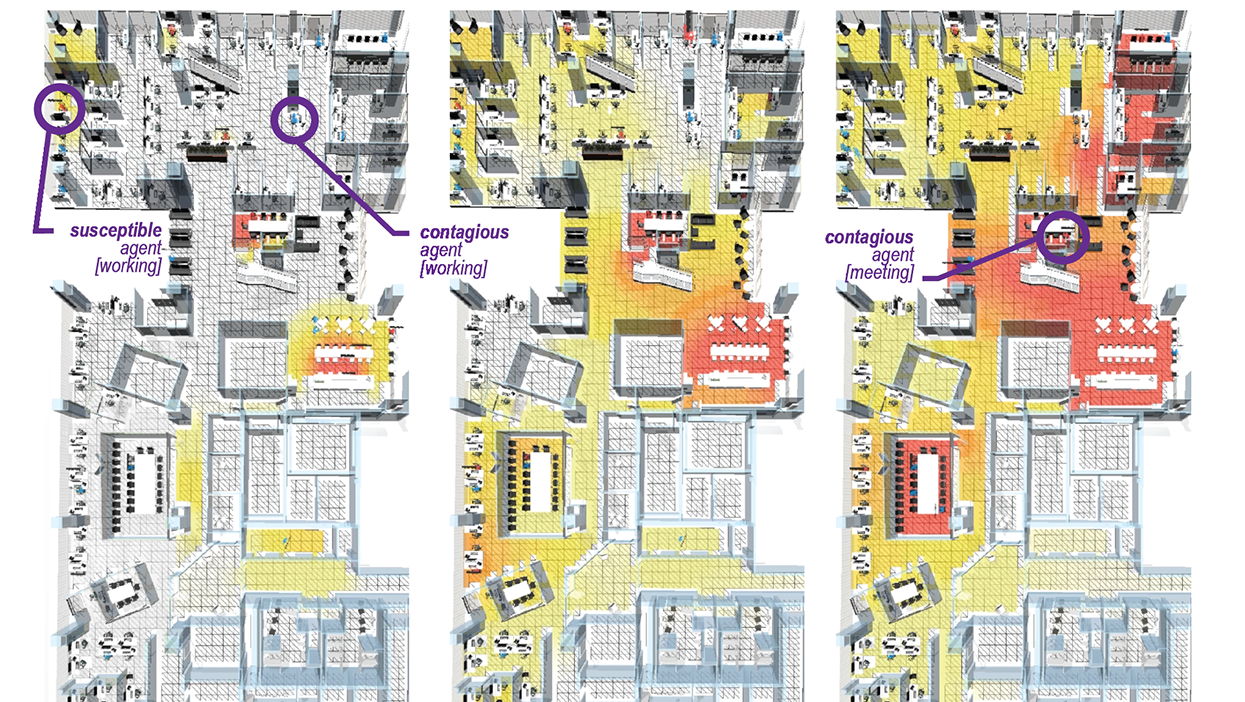Recently Published by Autodesk Researchers
Autodesk Research teams regularly contribute to peer-reviewed scientific journals and present at conferences around the world. Check out some recent publications from Autodesk Researchers.
3DALL-E: Integrating Text-to-Image AI in 3D Design Workflows
3DALL-E integrates a state-of-the-art text-to-image AI (DALL-E) into the 3D CAD software Fusion 360. This plugin generates 2D image inspiration for conceptual CAD and product design workflows. 3DALL-E helps users craft text prompts by providing 3D keywords, design/styles, and parts from GPT-3. Users can also generate from image prompts based on a render of their current workspace, letting users use their 3D modeling progress as a basis for text-to-image generations.
Conceptual Design Generation Using Large Language Models
Concept generation is a creative step in the conceptual design phase, where designers often turn to brainstorming, mindmapping, or crowdsourcing design ideas to complement their own knowledge of the domain. Recent advances in natural language processing (NLP) and machine learning (ML) have led to the rise of Large Language Models (LLMs) capable of generating seemingly creative outputs from textual prompts.
In this paper, the team explores leveraging LLMs to generate solutions for a set of 12 design problems and compare them to a baseline of crowdsourced solutions. They evaluate the differences between generated and crowdsourced design solutions through multiple perspectives, including human expert evaluations and computational metrics. These findings provide insight into the quality of design solutions generated with LLMs and begins to evaluate prompt engineering techniques that could be leveraged by practitioners to generate higher-quality design solutions synergistically with LLMs.
Generative Design for COVID-19 and Future Pathogens using Stochastic Multi-Agent Simulation
Published at Sustainable Cities and Society 2023, this paper proposes a generative design workflow that integrates a stochastic multi-agent simulation with the intent of helping building designers reduce the risk posed by COVID-19 and future pathogens. The custom simulation randomly generates activities and movements of individual occupants, tracking the amount of virus transmitted through air and surfaces from contagious to susceptible agents.
Applying generative design to a case study based on an existing office space reduced the predicted transmission by around 10% to 20% compared with a baseline set of layouts. Additionally, a qualitative examination of the generated layouts revealed design patterns that may reduce transmission. Stochastic multi-agent simulation is a computationally expensive yet plausible way to generate safer building designs.
Get in touch
Have we piqued your interest? Get in touch if you’d like to learn more about Autodesk Research, our projects, people, and potential collaboration opportunities
Contact us

